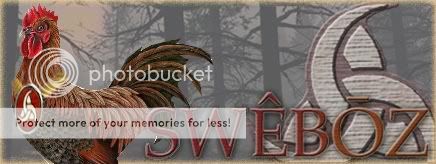I was just wondering if anyone could enlighten me on the meaning and origins of the symbols in each faction's icon.. Been curious about that for a while. Is there somewhere I can go to find out, or could someone tell me offhand?
I'm interested in finding out that of Aedui's and Arverni's especially, since I'm playing the former at the moment, and am a bit puzzled about the symbols' significance. No background in history, nor any particular interest in it till I started, but you'll find a convert in me yet, EB.






 Reply With Quote
Reply With Quote

 , and the color contrasts well with other nearby ones. Icon by Parmenio.
, and the color contrasts well with other nearby ones. Icon by Parmenio.









 7x
7x 3x
3x









Bookmarks